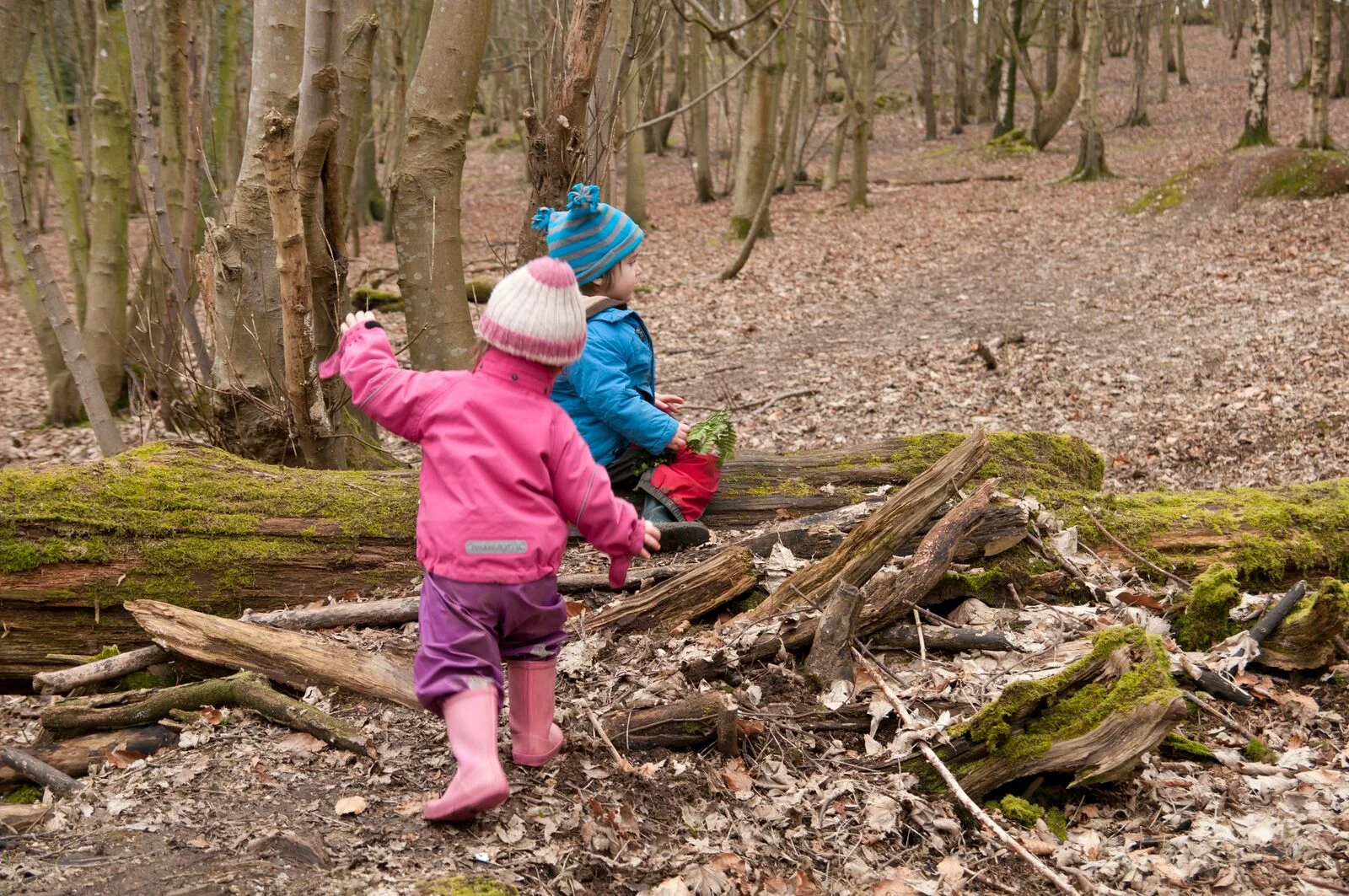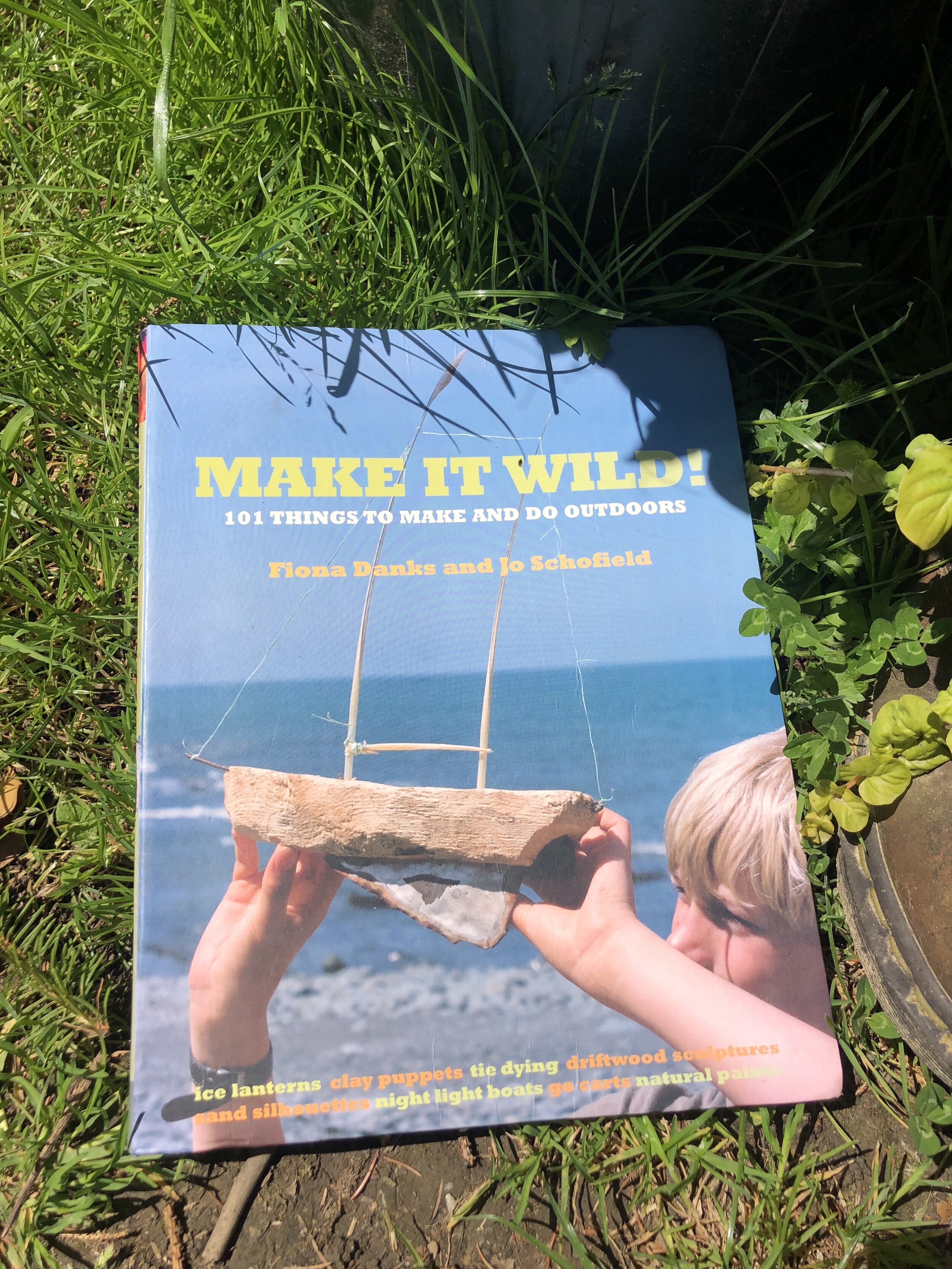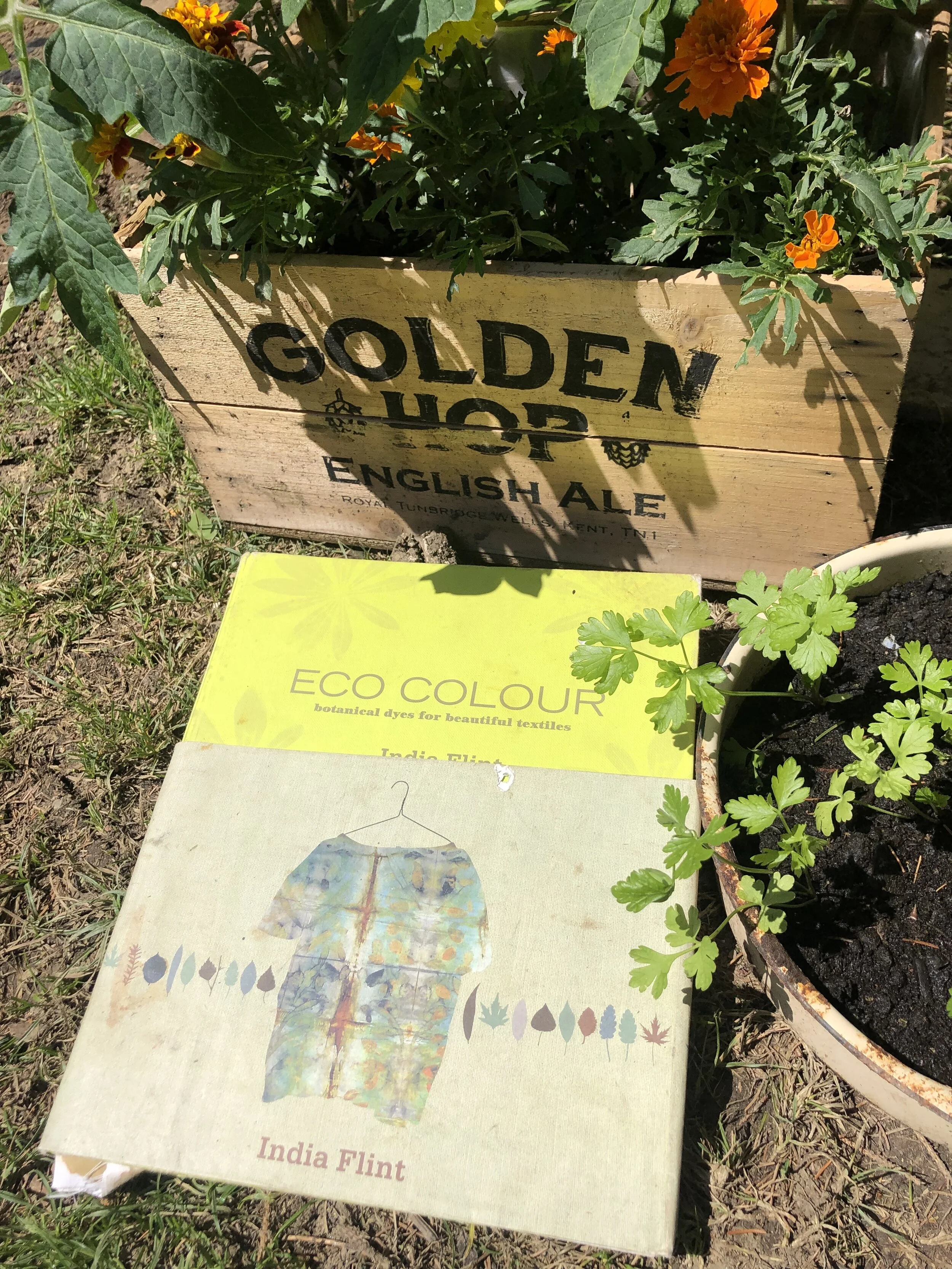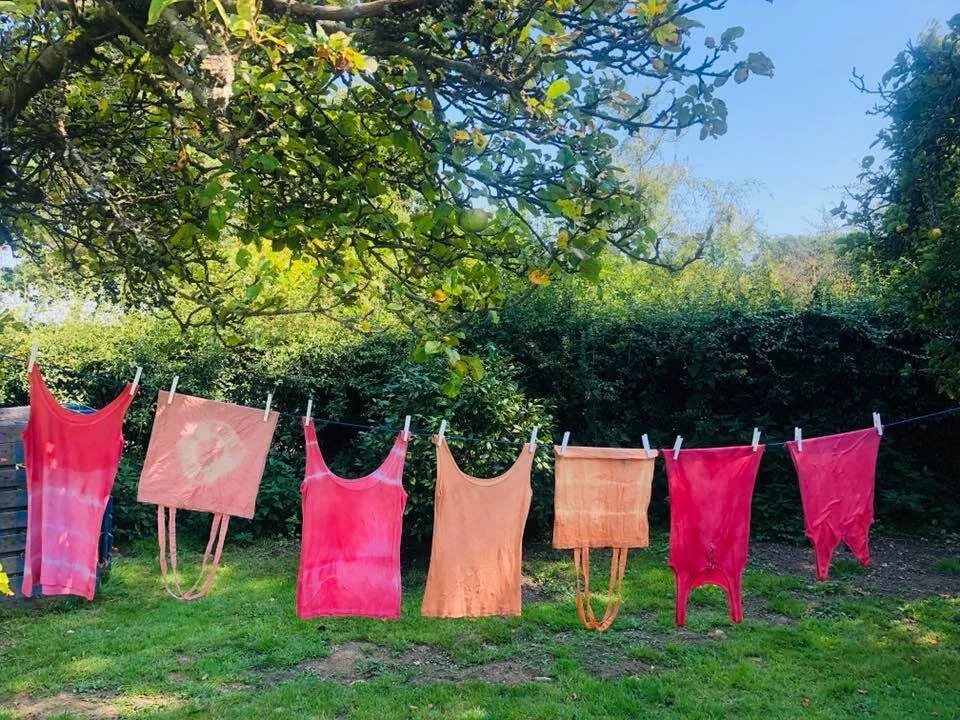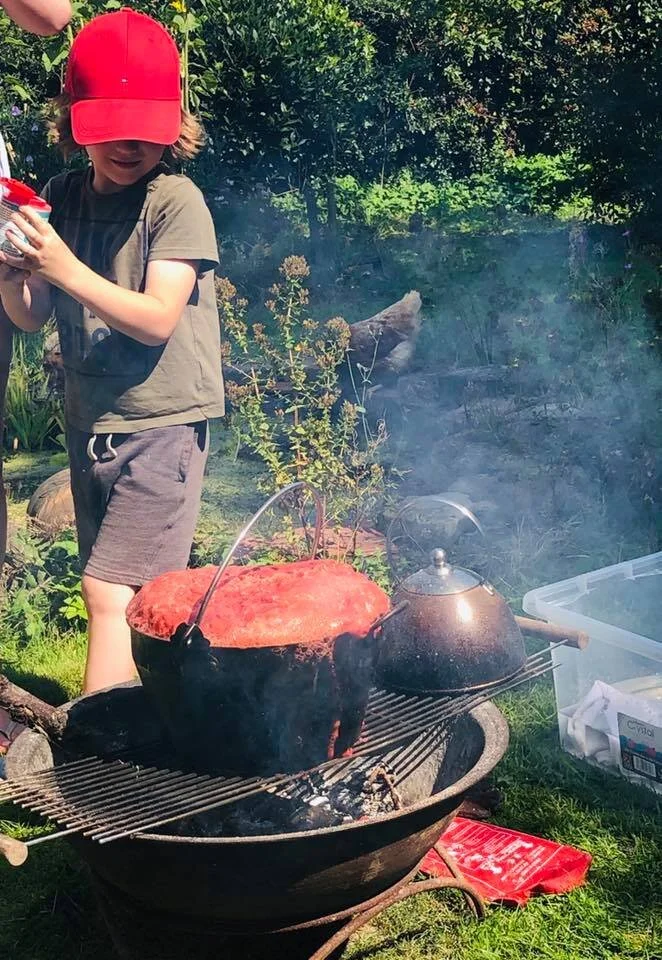Wild Dyes - Madder Root
/We have experimented with many, many natural dyes in our time. It is one of those activities that seems really simple in principle, but in practice is a lot more tricky! Once you have had a go you realise why it is an art form! In fact one of our favourite textile artists India Flint has produced a whole book on the subject entitled Eco Colour. You might remember that Flint is the inventor of Hapa Zome, which has now become a much loved Forest School activity.
There is also a comprehensive section on natural dyes in the book Make It Wild by Fiona Danks and Jo Schofield. However, they admit their most impressive results were achieved using an indigo dye vat at a professional workshop
One natural dye we have found to be reliable and fun is Madder root. Madder is a plant that grows in Mediteranian regions and has a vivid red root. This has been used to dye fabric for centuries and can be bought in a powder form online.
We kept things simple and didn’t bother with a mordant to fix the dye, however we did use an aluminium pot as our dye vat. This may be why these items have kept their colour reasonably well.
We mixed the packet of powered Madder root with water and heated it all on the fire. Once simmering we added the fabric until it looked like it had changed colour. At this point we removed it and hung it out to dry. If we weren’t happy with the result we returned the fabric to the pot for another go.
We had a lovely afternoon dying some old stained tops and a couple of canvas bags. You can buy canvas bags online, but these have to be washed before you dye them.
A great thing about using Madder root was that there was lots of scope for experimentation. We tied some of the fabric with nylon string for a tie-dye effect. We also had a go at dip dying by leaving half the fabric in the pot longer than the other half.
We dip dyed by suspending the fabric in the vat with a stick.
You can also change the colour of the dye vat by changing its acidity. After our first attempt we added some vinegar and this gave us a more pink colour. We then added bicarbonate of soda to turn the mix alkali and this resulted in a browner red. Obviously this has to be done with care as the dye vat will be hot and by mixing in acid and alkali ingredients you can create a pretty active volcano!
Adding bicarbonate of soda to hot vinegar needs to be done with care!
This was a really fun activity and not only did we get to experiment with something new, but we breathed new life into some old clothes.

